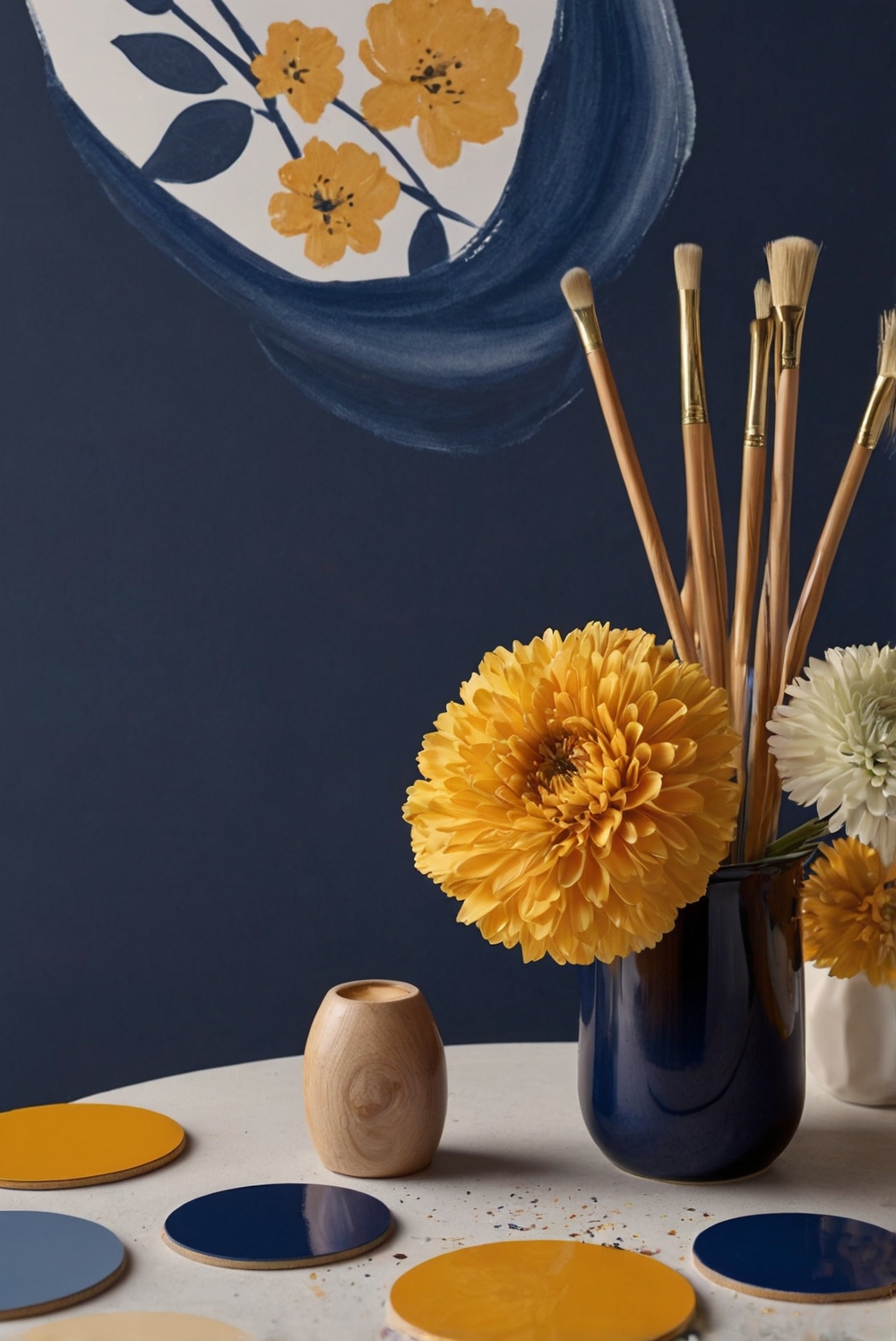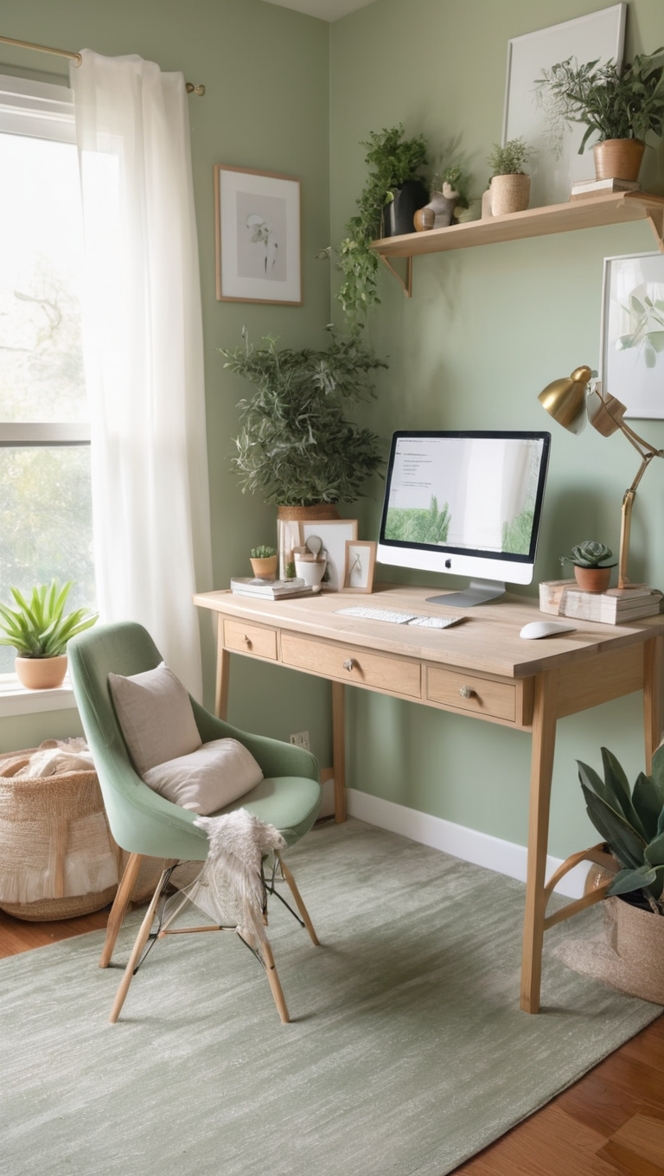Explore the vibrant world of Indigo and Marigold as we delve into their colors, significance, and cultural aspects. Uncover the beauty within these hues.
**Indigo, Marigold**
In India, indigo and marigold are two popular plants used for natural dyeing. Indigo produces a beautiful deep blue color, while marigold creates a vibrant yellow hue. Using natural dyes like indigo and marigold is not only eco-friendly but also creates unique and beautiful colors that are hard to replicate with synthetic dyes. To utilize these natural dyes, one can follow specific dyeing processes such as preparing the dye bath, mordanting the fabric, and dyeing with care to achieve desired results. Being organized during the dyeing process is crucial to ensure consistent color outcomes.
Indigo and Marigold: A Colorful Addition to Your Garden
Indigo and marigold are two beautiful and versatile plants that can add a pop of color and functionality to your garden. In this article, we will explore how to effectively grow indigo and marigold plants, the ideal soil type for cultivation, the benefits of cultivating these flowers, and how to harvest and process them for dyeing purposes. We will also discuss the potential risks associated with growing these plants and why you should consider adding them to your garden.
Growing Indigo and Marigold Plants
Both indigo and marigold plants are relatively easy to grow, making them great choices for beginner gardeners. To grow indigo, you will need a warm and sunny spot in your garden with well-drained soil. Indigo plants prefer slightly acidic soil, so it is essential to test the pH of your soil before planting. You can start growing indigo from seeds or cuttings, and they will thrive in hot and humid climates.
Marigold plants, on the other hand, are known for their bright and cheerful flowers. They prefer full sun and well-drained soil, but they can tolerate a variety of soil types. Marigolds are excellent companion plants for vegetables, as they can help repel pests with their strong scent.
Ideal Soil Type for Indigo and Marigold Cultivation
Indigo plants prefer slightly acidic soil with a pH range of 5.5 to 7.0. They do best in well-drained soil that is rich in organic matter. Adding compost or aged manure to the soil before planting can help improve drainage and fertility.
Marigold plants are less picky about soil type and pH. They can grow in a wide range of soils, but they prefer well-drained soil with a pH of 6.0 to 7.0. Adding organic matter, such as compost or peat moss, can help improve soil structure and fertility for marigold plants.
Planting Indigo and Marigold Together
Indigo and marigold plants can be planted together in the same garden with no issues. In fact, marigolds are often used as companion plants for indigo, as they can help repel pests and attract beneficial insects. Planting these two flowers together can create a beautiful and vibrant garden that will attract bees, butterflies, and other pollinators.
Potential Risks Associated with Growing Indigo and Marigold Plants
While indigo and marigold plants are generally easy to grow, there are some potential risks to be aware of. Indigo plants can be toxic if ingested in large quantities, so it is essential to keep them away from children and pets. Marigold plants can cause skin irritation in some people, so wearing gloves while handling them is recommended.
Benefits of Cultivating Indigo and Marigold Flowers
Cultivating indigo and marigold flowers has several benefits. Indigo plants are known for their vibrant blue dye, which has been used for centuries in textiles and clothing. Marigold flowers can be used to create yellow and orange dyes, making them a versatile addition to any dyer’s garden. In addition to their dyeing properties, both indigo and marigold plants attract beneficial insects and pollinators to your garden.
Harvesting and Processing Indigo and Marigold for Dyeing Purposes
To harvest indigo for dyeing purposes, you will need to wait until the plants have reached full maturity. Harvest the leaves and stems of the plant, and then ferment them to extract the dye. The dyeing process can be a bit complex, so it is essential to follow a reliable guide or tutorial to achieve the desired results.
Marigold flowers can be harvested when they are in full bloom. You can dry the flowers and then use them to create natural dyes. Marigold dyes are easy to make and can produce beautiful shades of yellow and orange.
Why You Should Consider Growing Indigo and Marigold Plants
There are several reasons why you should consider adding indigo and marigold plants to your garden. These plants are not only beautiful and easy to grow, but they also have practical uses. Indigo plants can provide you with a sustainable source of blue dye for your textile projects, while marigold flowers can brighten up your garden and attract beneficial insects.
In conclusion, indigo and marigold are two versatile plants that can bring color and functionality to your garden. By following the tips and guidelines outlined in this article, you can successfully grow and harvest these plants for dyeing purposes. Whether you are a seasoned gardener or a beginner, indigo and marigold are excellent additions to any garden.








